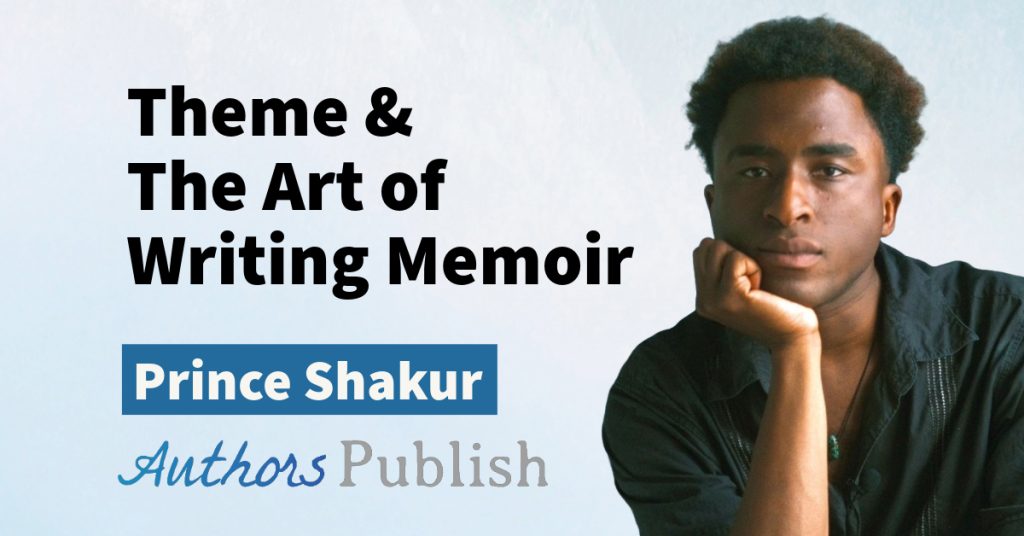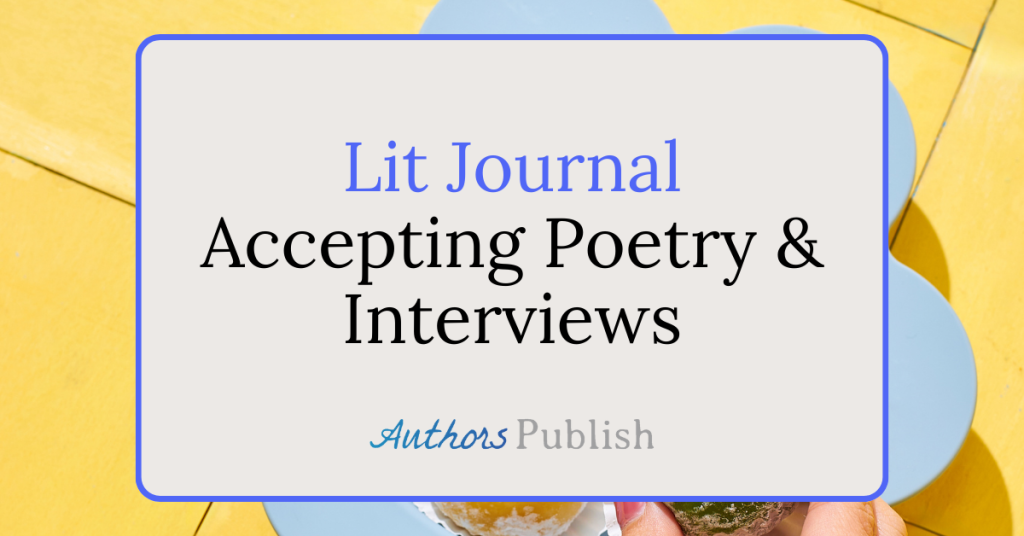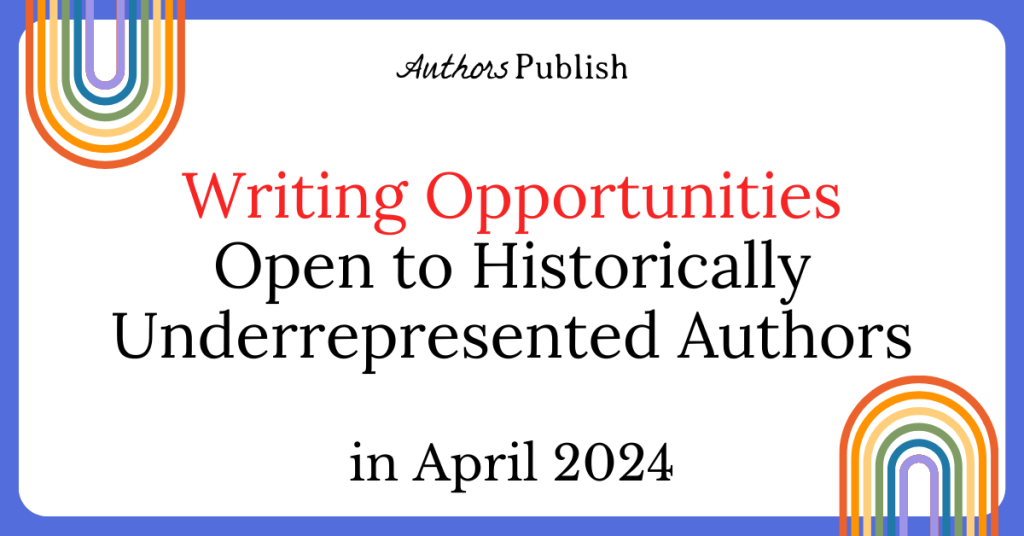Written by Ananda-mayi Dasi
I was like Robert Peary embarking for the North Pole—that is, if we can pretend for a moment that the publishing world is a vast, icy, unreachable landscape and I am much, much braver than I am. No, there weren’t endless miles of frigid peril before me—just one tiny button: “submit”—but somehow the two seemed about the same. For years I had told my colleagues, with an air of superiority, that I wasn’t interested in publication. The truth was, I was afraid to fail.
And I did (mostly). Like most authors venturing into the wide world of publishing, I was greeted with more rejection than acceptance. Without a guide to help me navigate the landscape, I became anxious and eventually, depressed.
Though unpleasant, this isn’t abnormal. Even animals show signs of depression when they fail, and some researchers think this innate response prevented our ancestors from getting hurt when they were defeated in a physical challenge. When we’re depressed, we back down. But today, we don’t need to back away from failure. As I said, the publishing world is a broad landscape, with endlessly varied aesthetics and groups. Unlike our ancestors who had only one community by which their value was determined, as authors we have many tribes. If one group rejects us, we can find another home.
So our innate response to rejection—anxiety and, potentially, depression—doesn’t always serve us well. And, if we are highly sensitive this response is likely to be strong, even overwhelming. Luckily, any instinct can be overridden if we are aware of it. Just like we can learn not to blink when applying eye drops, we can learn to take rejection without giving up our self-worth.
If you are a sensitive author who struggles with rejection—I am!—the good news is that your trait of sensitivity, which can make rejection extra difficult, also affords you abilities that can help you navigate and learn from rejection more skillfully than most. And once you cultivate those talents, rejection might actually help you succeed.
But, if you are experiencing depression and anxiety in the meantime, please be kind to yourself! Give yourself whatever you need. The suggestions that follow are simply my own, hand-drawn map, intended to help other travelers get started on their way. I’m neither a cartographer nor a psychologist, just a fellow sensitive author wishing you success in all your publishing efforts, even the failed ones.
First, cultivate a helpful mindset. If you are a person with high sensitivity, you are capable of perceiving yourself and your experiences with exceptional depth and nuance. Before submitting, consider the environment you are entering when you send out your writing for publication.
When I worked as a poetry editor for a literary magazine, I sometimes had over 1,000 poems on my desk at a time. Though I tried my best to become a perfectly fair editorial machine, I quickly realized that I am a human. Some days I was more patient and generous, some days less. Some days I liked many poems, some days few. In other words, I realized that publication is by nature subjective.
Because publication is when writing, enacted in the sacred silence of a single human heart, becomes communication. Like all human connections, it’s both magical and messy. And it never, ever goes as planned. If you are sensitive, this perceived failure might affect you deeply. But, if you are deeply affected, you might learn to communicate—to write—very skillfully, because you feel that you must.
Next, set boundaries. If you are highly sensitive, you perceive stimulation—physical and emotional—more intensely than most. You often experience life acutely, and as a result you can become overwhelmed easily. Luckily, you also have the ability to sense precisely when this balance shifts.
All authors receive rejection, and rejection comes with an emotional response. If you are sensitive, it might be helpful to have control over when you experience this response. Say you are overwhelmed one day, with either positive or negative stimulation. At that moment, it’s unlikely you’ll be able to experience rejection as helpful. It would be nicer to receive a rejection (or acceptance!) when you’re fresh, calm, and capable of processing it effectively.
To give yourself this advantage, you might want to create an email account just for submissions. Check the email only you are at your best. Then, you can receive feedback on your own terms, whenever it works for you.
Lastly, be a (temporary) scientist. When I receive a rejection, I ask myself some questions:
- Did the editor understand what I’m trying to achieve with this piece? It’s only possible to get a sense of the editor’s reasoning if they provide feedback. If they do, it’s up to you to determine whether or not their comments demonstrate an understanding of your basic intentions. If not, could you have been clearer?
- What is the journal’s aesthetic and what is mine? This is a good chance to think about the philosophy underlying your work and the aesthetic that arises out of it. Does your aesthetic reflect your basic intention? And what about the journal to which you submitted your work? Does their philosophy and corresponding aesthetic align with yours? A journal is a home for writing, and your home should reflect your taste.
- Where might my work be a better fit? After considering the aesthetic of the journal that rejected your work, you’ll be better equipped to choose a journal that might publish your writing. Which leads me to the most important step—
Submit (again)! If you take time to learn from rejection, each time you submit you’ll be more likely to be published. And when you are, you can look behind you and see each rejection like a footprint leading you to success.





